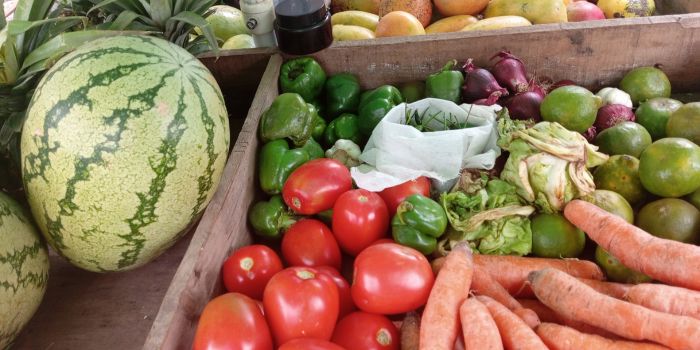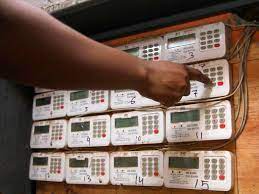Increased food, energy costs push inflation to 4.1% in April

The record marks the sixth consecutive month of rising living costs since October last year, highlighting increasing worries about affordability and economic stability.
Increased costs of some food commodities, power, and transport have pushed up the inflation level to 4.1 per cent in April. This is from 3.6 per cent in the previous month.
The record marks the sixth consecutive month of rising living costs since October last year, highlighting increasing worries about affordability and economic stability.
More To Read
- KNBS data shows uneven food price shifts as inflation dips slightly
- World Bank upgrades Kenya’s growth outlook to 4.9 per cent, warns of elevated risks
- ODM at 20: Babu Owino warns of mass action over cost of living, questions new appointments
- How digital platforms are creating new pathways for youth, with riders taking home up to Sh70,000 monthly
- Busia destroys Sh21.9 million worth of heroin, bhang in anti-drug operation
- CBK targets Sh40 billion in new Treasury bond auction
Official figures by the Kenya National Bureau of Statistics (KNBS) shows prices of potatoes (Irish), maize grain (loose) and fortified maize flour rose by 4.0, 2.9 and 2.6 per cent, respectively, between March 2025 and April 2025.
Prices of kale (Sukuma wiki) and cabbages, however, dropped by 2.3 per cent and 4.0 per cent, respectively.
In general, the Food and Non-Alcoholic Beverages Index increased by 0.4 per cent in the period under review.
Housing, Water, Electricity, Gas and Other Fuels' Index also rose by 0.3 per cent between March 2025 and April 2025.
“The increase was mainly on account of rise in the prices of 50kWh electricity, 200 kWh electricity and gas/LPG by 3.8, 3.4 and 0.3 per cent between March 2025 and April 2025,” KNBS said.
“Conversely, prices of kerosene dropped by 1.6 per cent over the same period.”
Nevertheless, the transport Index rose by 0.5 per cent in the period under review, mainly attributable to increase in prices of country bus fares during Easter Holidays.
This despite prices of petrol and diesel declining by 1.1 and 1.3 per cent in the review period.
Both core and non-core inflation, used to derive the headline figure, rose in the month under review.
Core inflation rose to 2.5 per cent from 2.2 per cent in the previous month, while non-core rose to 8.4 from 7.4 percent.
Notably, core figure measures cost of living excluding volatile components like food and energy prices from the overall Consumer Price Index (CPI).
On the other hand, non-core represents the price movements of those excluded volatile items.
Other Topics To Read
Top Stories Today












































